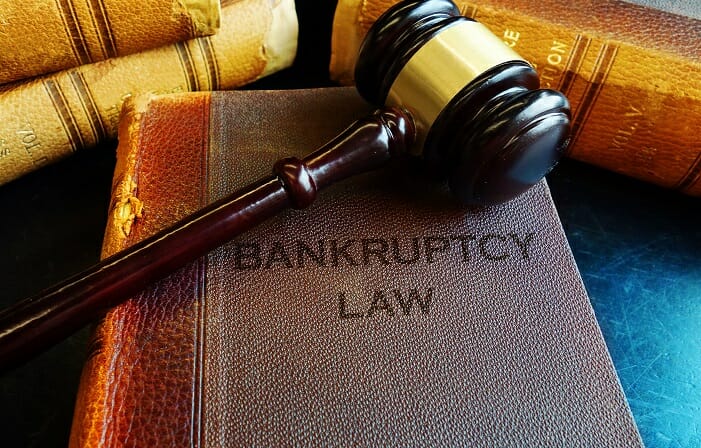
Bankruptcy is a legal process that provides relief to individuals and businesses facing financial distress. In the United States, there are several types of bankruptcy filings available under the US Bankruptcy Code. In this article, we’ll explore Chapters 11, 12, and 13 of the code.
Chapter 11
Chapter 11 of the US Bankruptcy Code is designed for businesses that need to restructure their debts while continuing operations. It’s also available to individuals with a high amount of debt or income who don’t qualify for Chapter 7 or Chapter 13 bankruptcies.
Under Chapter 11, a debtor (the business or individual) files a petition with the court seeking protection from creditors while they work on a plan to reorganize their finances. The debtor remains in control of their assets and operations during this time but must obtain court approval for significant business decisions.
The goal of Chapter 11 is to help the debtor emerge from bankruptcy as a viable business or individual with manageable debt. This can be achieved through debt restructuring, selling off assets to generate cash flow, renegotiating contracts with suppliers and lenders, reducing expenses, and other means.
Chapter 12
Chapter 12 of the US Bankruptcy Code is similar to Chapter 13 but specifically designed for family farmers and fishermen. It was created in response to the unique financial challenges faced by these groups due to unpredictable weather conditions, fluctuating commodity prices, and other industry-specific factors.
To qualify for Chapter 12 bankruptcy protection, an individual or married couple must meet certain criteria such as earning most of their income from farming or fishing activities and owing less than $10 million in total debt.
Under Chapter 12 bankruptcy proceedings, farmers/fishermen can continue operating their businesses while repaying creditors over three to five years through a court-approved repayment plan. Debtors may also be able to reduce interest rates on secured loans and discharge unsecured debts such as credit card balances.
Chapter 13
Chapter 13 is another type of bankruptcy filing available under the US Bankruptcy Code. It’s designed for individuals with regular income who have too much debt to qualify for Chapter 7 liquidation but still want relief from creditor harassment and collection efforts.
Under Chapter 13 proceedings, an individual creates a three-to-five-year repayment plan that outlines how they will repay all or some of their outstanding debts through monthly payments made directly to a trustee appointed by the court. The trustee then distributes payments among creditors according to priority levels set forth in the plan.
During this time period (usually three-to-five years), creditors cannot initiate collection efforts or foreclose on any property without court permission. At the end of this period – assuming all payments have been made according to plan terms – remaining unsecured debts may be discharged!
Which One Is Right For You?
Choosing which type of bankruptcy filing best suited a unique situation depends on various factors such as amount, type of debt, amounts, type of asset, and more! Consulting experienced attorneys knowledgeable navigating complex legal landscape is a crucial step determining the right path forward!
In conclusion – Chapters Eleven/Twelve/Thirteen each offer different forms of relief depending on specific needs facing financial distress! Whether looking to restructure business finances, reorganize personal finances, or seeking relief as a farmer or fisherman – these chapters provide invaluable tools helping achieve long-term financial stability!
It’s important to understand differences between each chapter and carefully consider which one makes sense given unique circumstances! Working closely with a trusted bankruptcy attorney in Prattville willing to provide guidance/support throughout the process – essential component successful resolution!